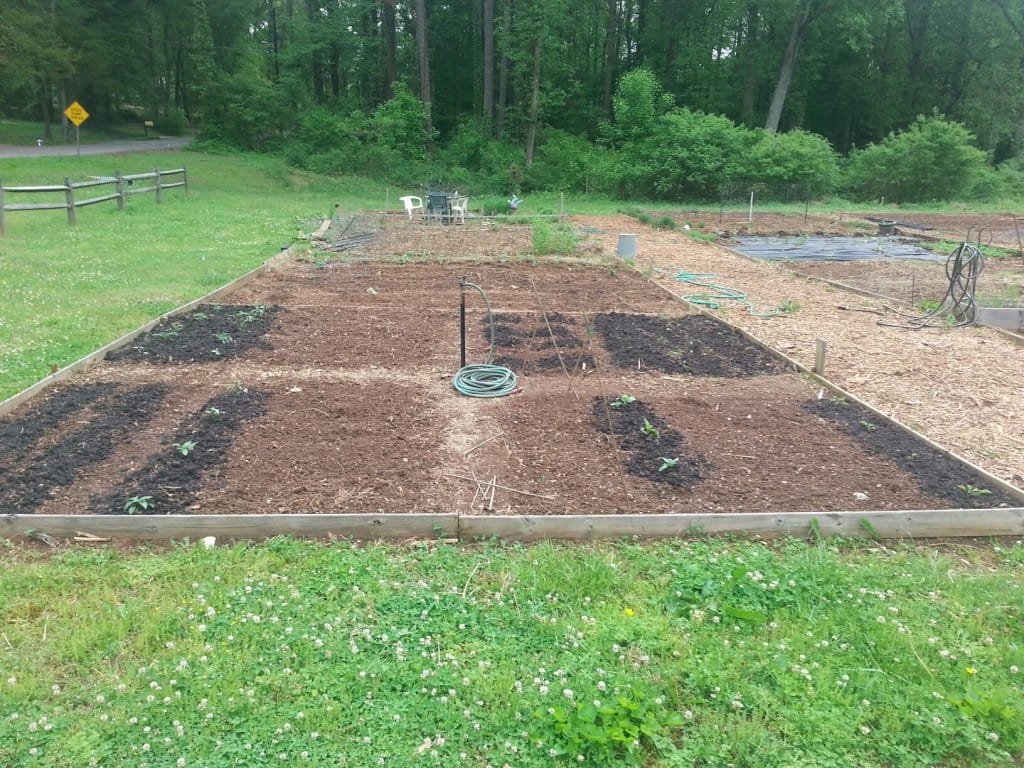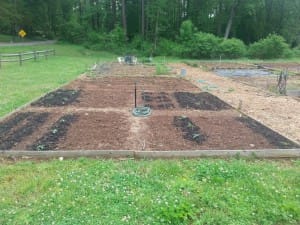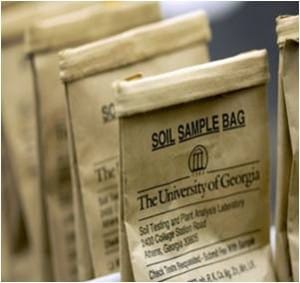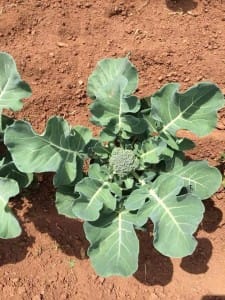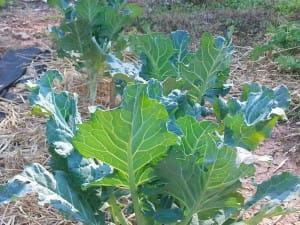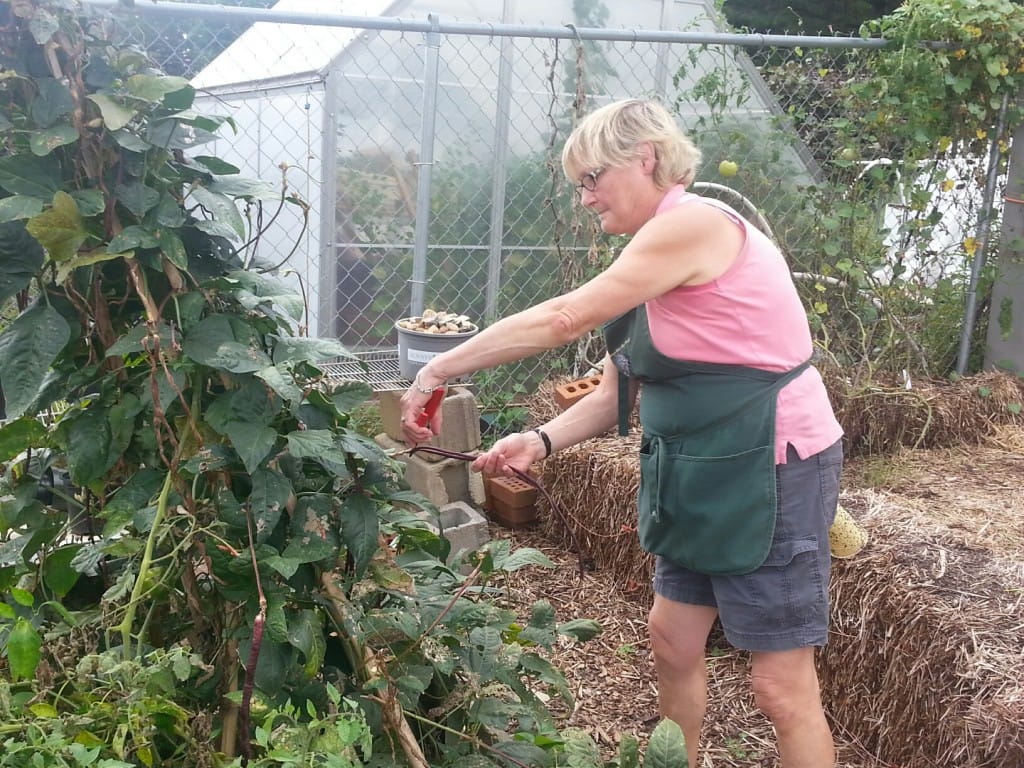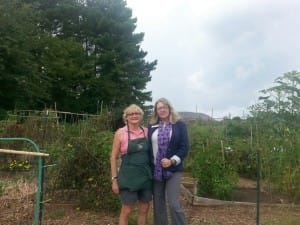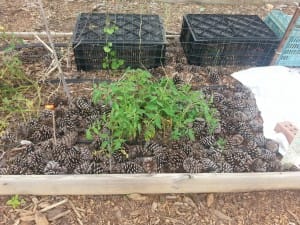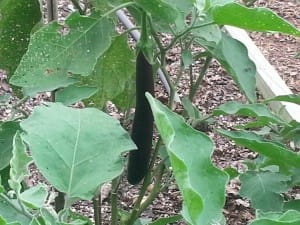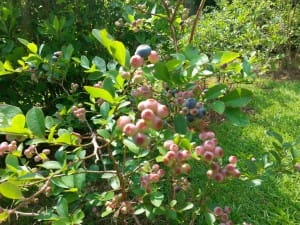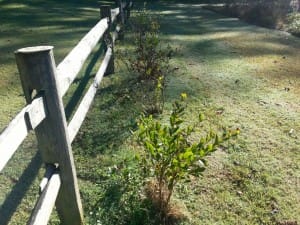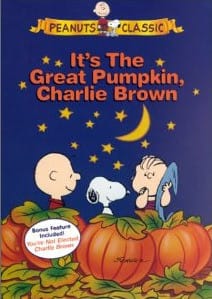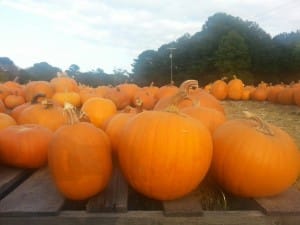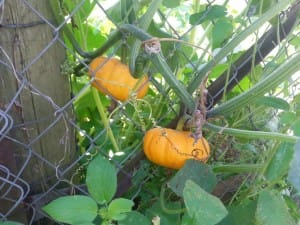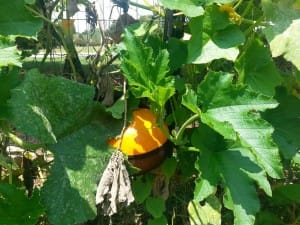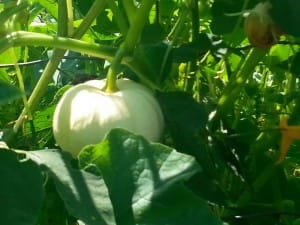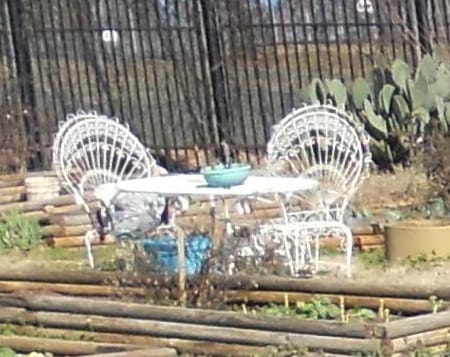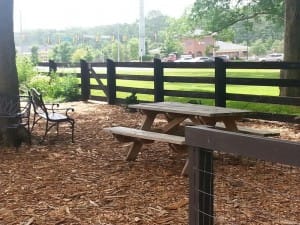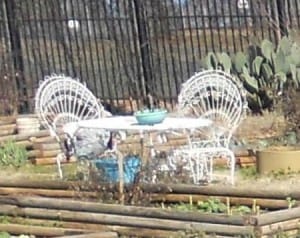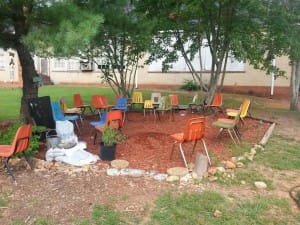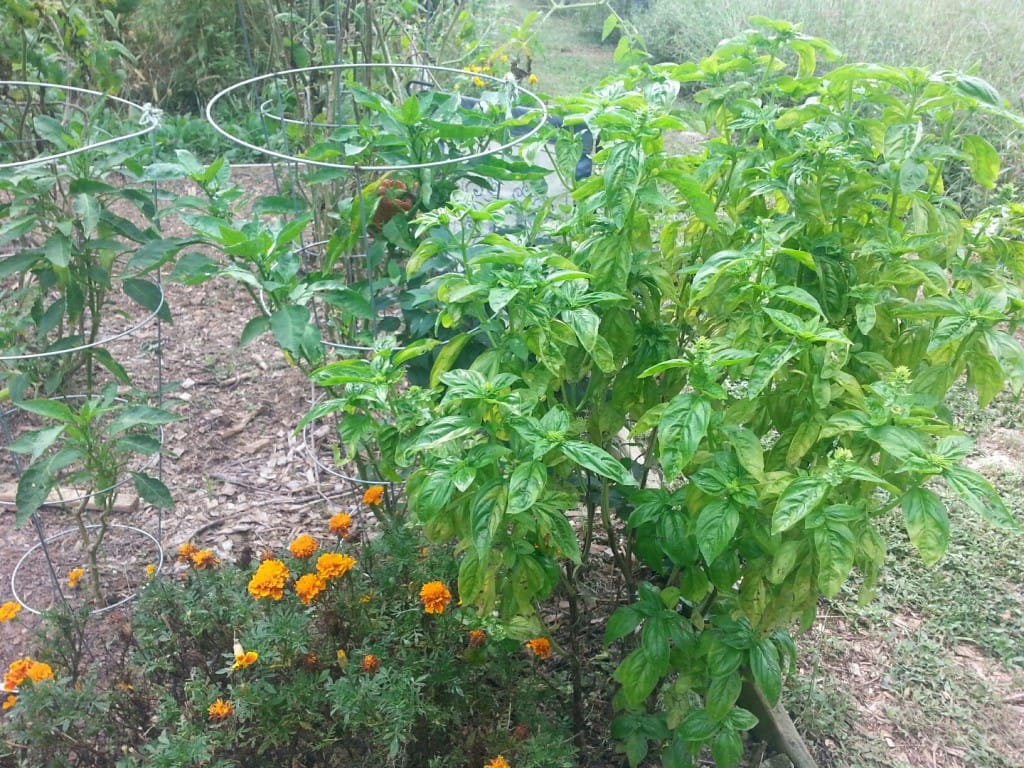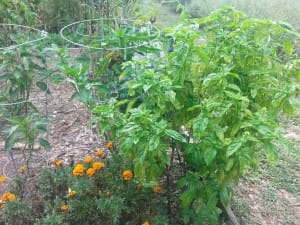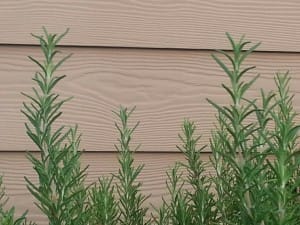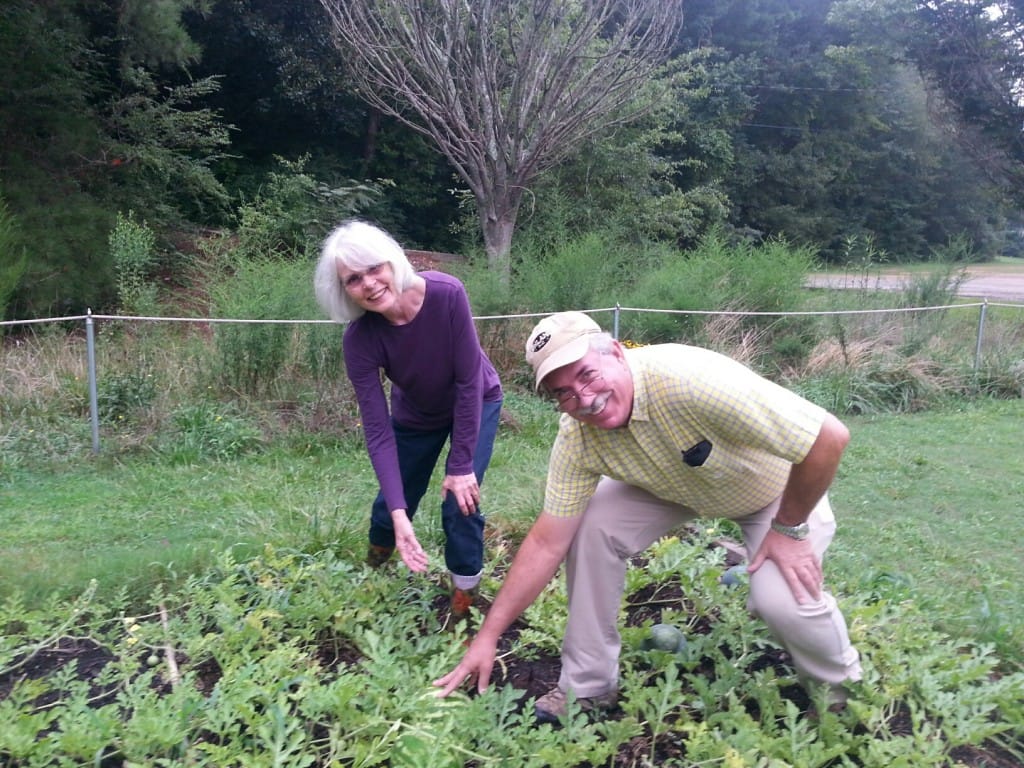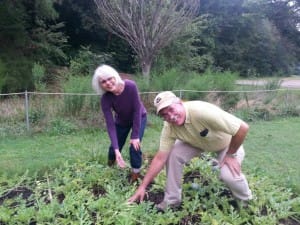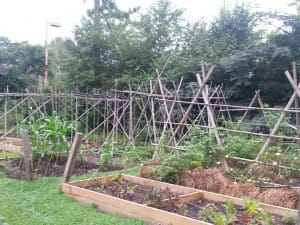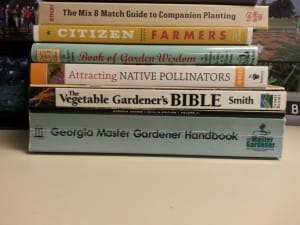 When the weather is bleak and you can’t play in the garden, it is the perfect time for a good book. Just in time for holiday gift giving (or receiving) we have put together a reading list full of recommendations from serious Georgia vegetable gardeners.
When the weather is bleak and you can’t play in the garden, it is the perfect time for a good book. Just in time for holiday gift giving (or receiving) we have put together a reading list full of recommendations from serious Georgia vegetable gardeners.
Fred Conrad, Community Gardens Manager with the Atlanta Community Food Bank, likes Your Farm in the City by Seattle Tilth and Lisa Taylor as a general reference. It is a well-organized book covering the basics of growing food in urban environments and even raising farm animals. For people that are cheap (Fred’s word!) Fred recommends The Resourceful Gardener’s Guide by Christine Bucks and Fern Marshall Bradley. It is full of homemade gadgets and hints for gardeners.
Groundbreaking Food Gardens and The Year Round Vegetable Gardener by Niki Jabbour are two favorites of Ramoa Hemmings, Senior Horticulturist at the Atlanta Botanical Garden. Groundbreaking Food Gardens is a collection of seventy-three interesting food gardens. It is a great book for inspiration. In The Year Round Vegetable Gardener the author gives readers tips and techniques for growing food all four seasons. Ramoa also recommends Starter Vegetable Gardens by  Barbara Pleasant.
Barbara Pleasant.
Liz Stultz, a serious gardener, cook, and food preservationist likes Square Foot Gardening by Mel Bartholomew. This book has been around for awhile and explores growing food in small, organized spaces. Liz uses the spacing guides for her raised bed garden and says her copy is stained with dirt and water marks from being using IN the garden.
Suzanne Girdner, Atlanta Local Food Initiative (ALFI) director says that her book recommendation would be The Complete Garden Kitchen by Ellen Ecker Ogden. She bought this book three years ago and it travels between the garden and kitchen regularly. Ogden’s approach to designing and building a kitchen garden is not only inspiring but doable. It delivers simple, concisely written instruction, is beautifully illustrated and has many delicious recipes to celebrate the fruits of your labor!
For community gardens wanting to expand their fruit plants, ALFI is having their 6th Annual Fruit Tree Sale on Saturday, January 24, 2015 from 11am-2pm at Georgia Organics, 200-A Ottley Dr., Atlanta, GA 30324. Presale is open now through Jan. 9th.
Liz Porter of Buckeye Creek Farm likes Walter Reeves’ Guide to Georgia Vegetable Growing. Liz likes the easy to understand language of Walter’s books and she likes anything he writes.
Amy Whitney, who works in horticulture at Cobb Extension, recommends Carol Deppe’s The Resilient Gardener. This book emphasizes the use of new scientific information in gardening practices. Amy also likes Culinary and Salad Herbs by Eleanor Sinclair Rhode. This is an older book first published in 1940 given to Amy by a great uncle. Books definitely can have sentimental value, can’t they?
So, what are you reading? What are some of your favorite vegetable gardening books? Leave a comment and share your literary finds with other gardeners.
Happy Reading!

